Schleswig is one of those German towns that many have passed on the Autobahn without blinking an eye. But driving home from Legoland in Denmark recently, my husband and I decided to make a short stop with our six and half year old, very curious and easily bored, son Florian.
With a day and a half left to our northern European road trip, we were not dissapointed by this little hamlet north of Hamburg on the A7 nestled on an inlet of the Baltic Sea.
Upon entering the leafy and hilly town we drove straight to the grounds of the grandiose Schloss Gottorf for a leisurely stroll outside. Schleswig likes to play up its Viking roots and the exhibition on offer inspired my husband and son to engage in a bit of roleplay as two Norsemen in search of spoils.
As it was nearing lunch time, we opted to make that treasure something to fill our stomachs. We parked our car at the top of the village and then wend our way down the cobblestone pathways towards the Schlei inlet – a Baltic Sea fjord.
We were surprised to find a hodgepodge of architectural styles ranging from old Dutch gabled rooftops to Baltic influenced pitched and thatched roofed dwellings. The colours of the buildings were typically northern: canary yellow, brick red, swatches of dark pine green and deep navy blue. The homes have weathered the centuries well and the town entire town is immaculate.
As we advanced towards the centre we noticed a flurry of activity; people carrying yellow and green flags, others asking passers-by to sign petitions and very friendly women dressed in traditional costume handing out pamphlets, tiny sunflowers in miniature clay pots, packets of seeds and information about gardening.
We inquired what the hullabaloo was all about and were told in perfect English by the eager ladies there that the German state of Schleswig-Holstein was holding its Landesgartenschau in the town.
Not being horticulturists or looking to buy a few outdoor plants, we at first weren’t exactly bowled over. But the women explained that this event was perfect for kids since there was a huge playground, a place for picnics, and hands-on exhibits to make things out of a bevy of natural products.
Pitched on over 140 hectares along the Schlei, the festival – which runs through October 5 – has an idyllic setting. The admission price gets you free tickets to some local museums such as the Viking Museum that good for several months.
We spent the entire day there enjoy a combination of food, music and, of course, gardening related exhibitions.
We hit the festival biggest attraction of all – the fantastic playground – which left us parents with plenty of time to smell the roses literally.
As we were packing up to go, we still hadn’t decided upon lodging for the evening so we visited the local tourist bureau.
We decided to pay a visit to the Ringhotel Waldschlösschen, which is set in a secluded forest. Rather inexpensive for a four star hotel, we paid €125 for two nights including breakfast and an extra bed for our son. Stellar service and a serene atmosphere secured our high opinion of the place.
The next morning before heading home we decided to pay a visit to the area two kilometres outside of Schleswig’s old town centre. There’s Haithabu, a Viking port and trading settlement on the Haddebyer Noor road. Vanquished in the 11th century, there are still semicircular ramparts to be seen. Quite close to the Schloss Gottorf, we ended our Schleswig sojourn where it started.
Getting there:
Schleswig is about an hour north of Hamburg just off the A7 motorway.
For information on the Landesgartenschau.

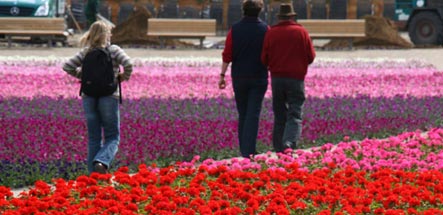
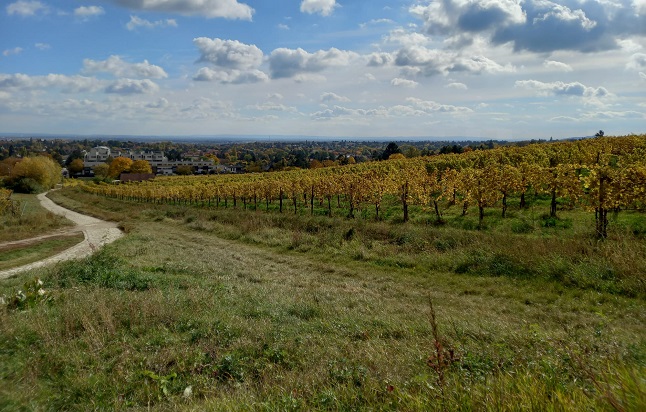
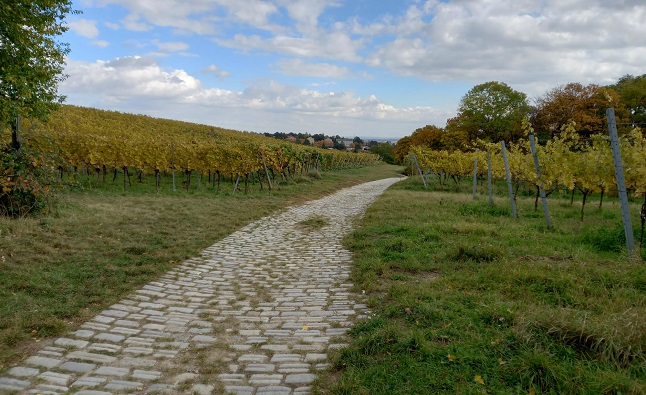
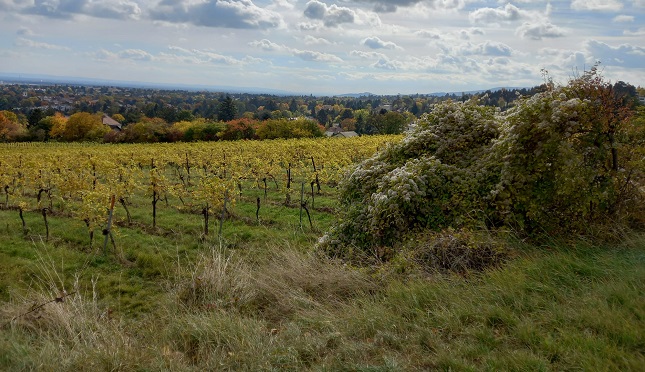
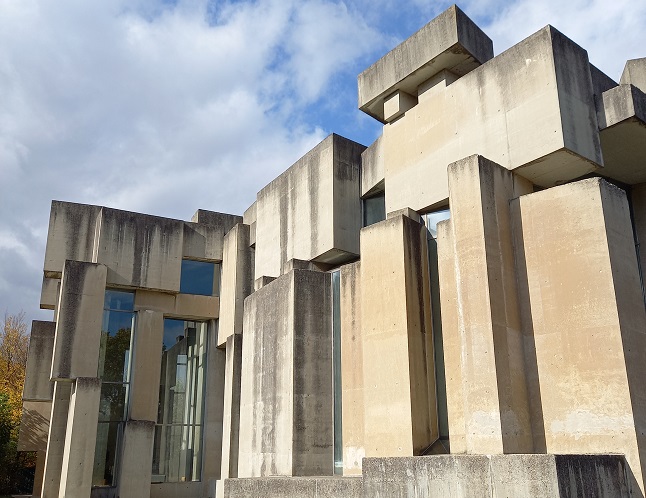
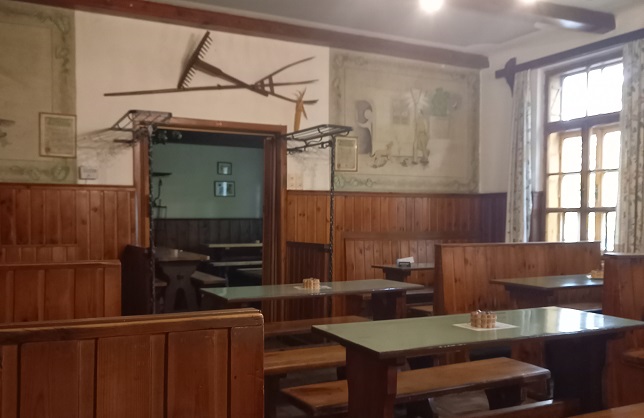
 Please whitelist us to continue reading.
Please whitelist us to continue reading.